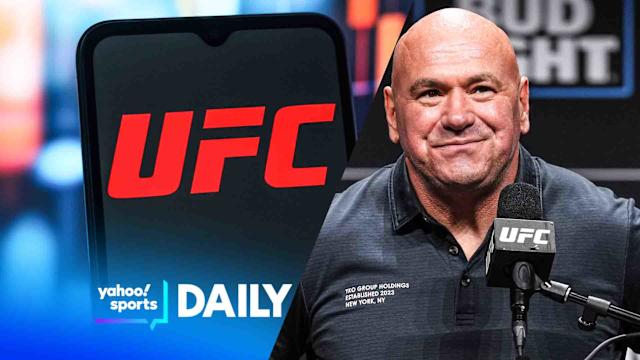
Ding-dong, the UFC pay-per-view witch is dead. That’s one way of looking at Monday’s big announcement heralding a new broadcast rights deal bringing all UFC content to Paramount+ and CBS at a price tag of $7.7 billion over the course of seven years.
It’s the end of one era and the beginning of another for the world’s biggest mixed martial arts fight promotion. Beginning in 2026, all UFC events will air on Paramount+ in the U.S., from the small-time UFC Fight Night shows to the numbered events that currently cost upward of $80 each on ESPN+ pay-per-view. In addition, according to a press release, “select marquee events” will also air on CBS. In exchange, the UFC goes from making approximately $550 million per year from ESPN to an average of $1.1 billion per year under this new deal.
What does this all mean for the UFC, its fans and its fighters? Here are three big questions coming out of Monday’s big announcement.

1. Who benefits most (and least) from axing UFC pay-per-view events?
There was a time (and it wasn’t even that long ago) when pay-per-view sales were the lifeblood of the UFC. Investor documents revealed in 2015 that residential and commercial pay-per-view sales combined for 51% of UFC content revenue — and content itself was three-fourths of total UFC revenue.
The UFC wasn’t the only party to benefit from that. Fighters dreamed of one day becoming UFC champions, not only because it came with the shiny gold belt that told the world they were the very best, but also because it typically came with a cut of pay-per-view revenue. It was, for most fighters, the only way to go from making good money to life-changing money as a UFC fighter.
But then, that was back when UFC pay-per-view events typically did well over 500,000 buys. Conor McGregor headlined several UFC events that eclipsed 1 million buys. Ronda Rousey also helped the UFC to 2.6 million pay-per-view buys over the course of three events in 2015, according to the UFC’s own internal documents.
Those days are long gone. All indications are that UFC pay-per-view revenue is way down from those golden years. It’s down even when compared with some of the not-so good years that followed. Where the blame lies for that is an open question. Is it the lack of big stars in today’s UFC? Did ESPN kill the market with its rapid, repeated price hikes? Is the audience now simply too savvy to pay for a product that can be found for free on streaming websites if you just know where to look?
Most likely all these factors played a role. But as the UFC found more success in securing guaranteed money from broadcast partners, it began to seem like only a matter of time until it would ditch the feast-or-famine world of pay-per-view. But what about those UFC champs who dreamed of dollar signs? Pay-per-view points were their only ladder to a higher income bracket. Many current champs have contracts guaranteeing them a cut of pay-per-view revenues right now. What will those contracts be worth once there are no UFC pay-per-views?
For fans, however, this is likely to be a much better deal. No more weighing the high price of premium UFC content against the expected entertainment value of each individual fight card. Now one price gets you in the door for all UFC content, making the numbered events something fans might as well watch rather than something that has to meet a certain threshold to be worth the cost. The cost of being a UFC fan just went down, which could potentially lower the barrier to entry.
As for the UFC? Well, ditching a declining revenue model for guaranteed money — and much more of it than many previous estimates suggested — is pretty much a no-brainer. Especially when the company doesn’t have to split any of it with the fighters.
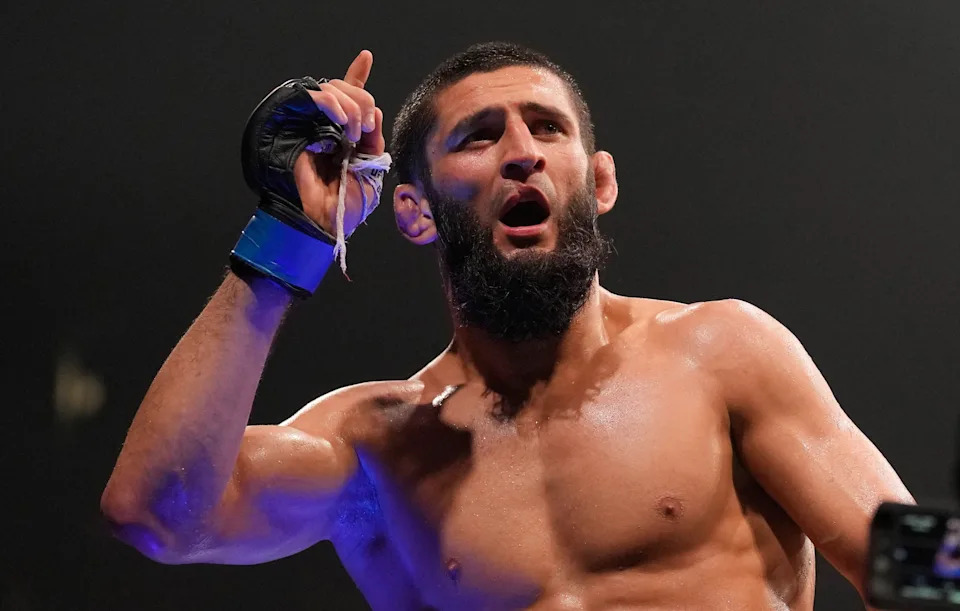
2. How might this change the look and feel of UFC events?
Right now, under the current deal with ESPN, there are essentially three separate and easily identifiable tiers of UFC programming.
At the top are the numbered pay-per-view events, where the stars are out and the titles go up for grabs. In the middle there are the UFC Fight Night events that take place out on the road in front of big live crowds, typically in cities that pay the UFC a site fee just to bring the show to town. Then all the way at the bottom there are the UFC Fight Night events at the UFC Apex facility in Las Vegas. You can always tell these because they have the feel of an exhibition taking place in a mostly empty warehouse, and they mostly feature fighters who fans don’t know very well (or at all).
But if all UFC events will soon be available for the single price of a monthly streaming service, what happens to those separate tiers? If UFC executives no longer need to worry about stacking numbered events with enough good fights to justify the pay-per-view price, might the quality of those cards decline? And would that lead to an increase in quality for the other events, or just a general flattening all around? Additionally, what reason does the UFC now have to build any individual fighter into a star? With no pay-per-views to sell, the brand itself is the only star necessary, while fighters just got more interchangeable.
The big minds behind TKO, parent company to both the UFC and WWE, have bragged in the past about taking the “lumpiness” out of the business, by which they meant finding ways to get paid whether the events are popular or not. But that also takes out some of the company’s incentive to keep putting out a strong product, because CBS and Paramount will be paying whether people watch or not. What that does to the quality of various UFC offerings remains to be seen.
3. What does it mean for the growth and exposure of both the UFC and MMA as a sport to go from ESPN to Paramount+?
Included in today’s statement from UFC CEO Dana White is a line insisting the “exposure provided by Paramount and CBS networks under this new structure is a huge win for our athletes and anyone who watches and loves this sport.”
Here’s where the seasoned observer must ask: Is it though? ESPN is, as we all know, “the worldwide leader” when it comes to sports on TV. The deal with ESPN helped further legitimize the UFC, because it came with increased UFC coverage on shows like “SportsCenter,” plus greater visibility in the daily mainstream sports conversation as a whole.
Paramount+ has nowhere near that kind of footprint with American sports fans. As a network, CBS is still a very big deal, but the UFC has had plenty of network TV exposure before, thanks to its previous deal with Fox and its semi-regular events on ABC as part of the ESPN partnership.
What ESPN gave the UFC was a place at the table among the major American sports. You could sit at a sports bar and look up at ESPN on TV and you might see UFC coverage mixed in with baseball and football highlights. Not a lot of Buffalo Wild Wings locations are streaming Paramount+ at all hours of the day when last I checked.
A big part of the appeal of this deal for CBS and Paramount+ is the UFC brings a core audience with it. But Paramount+ does not offer the UFC a vast existing audience of sports fans to convert into fight fans. That’s not part of the exchange here. As Don Draper would say, that’s what the money is for.
And make no mistake, the UFC and its parent company are getting plenty of money in this deal, essentially doubling the broadcast rights fee they currently get from ESPN. But the money from these deals has historically not trickled down to UFC fighters. If the hope is they will be paid extra in “exposure,” it seems doubtful that Paramount+ is the venue to make that happen.

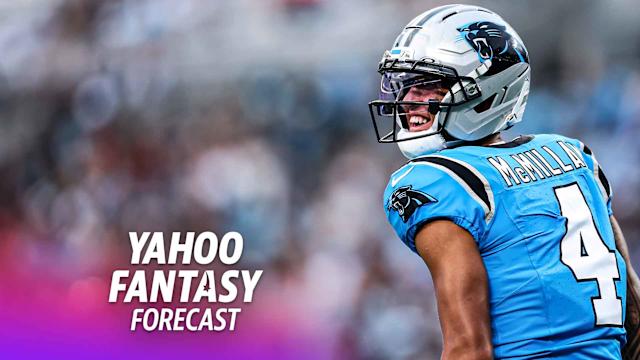
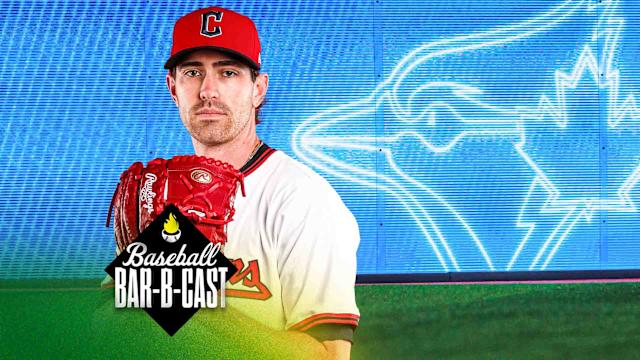


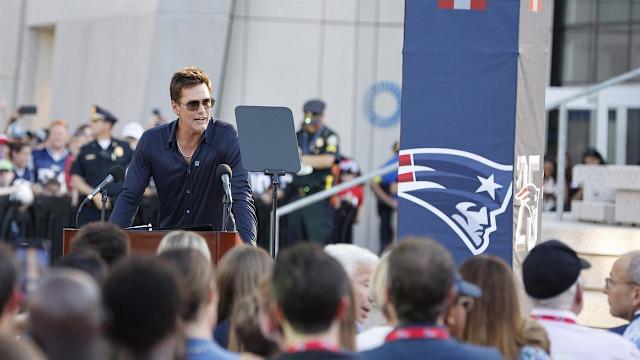
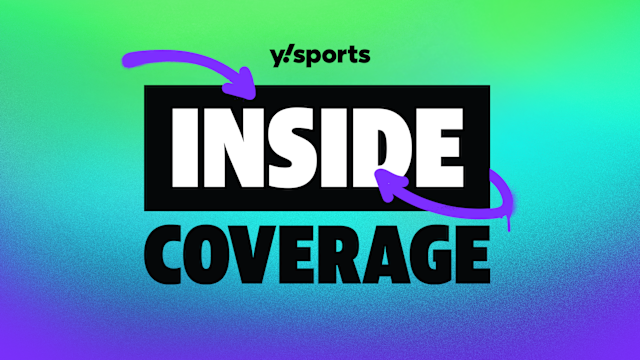
Comments